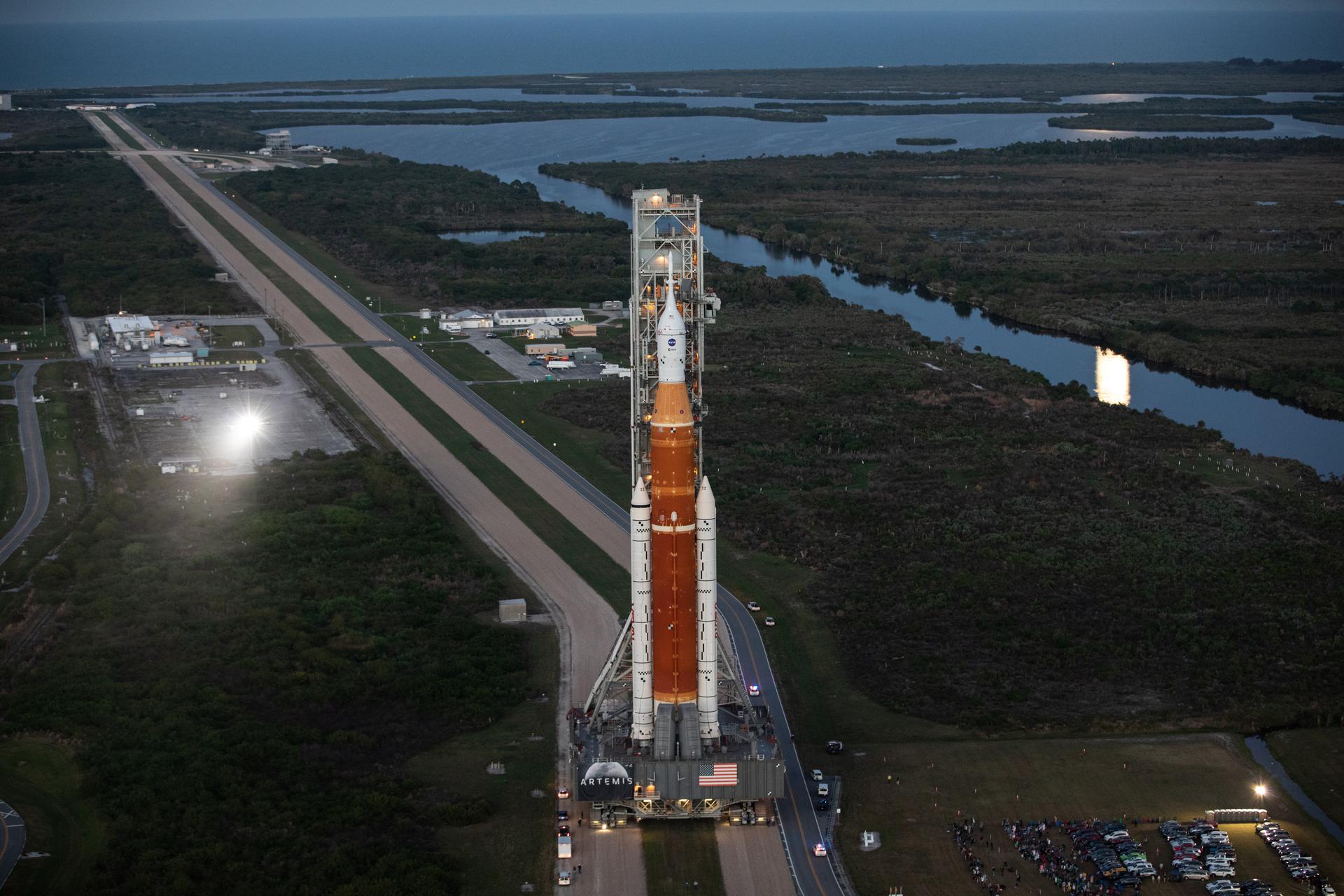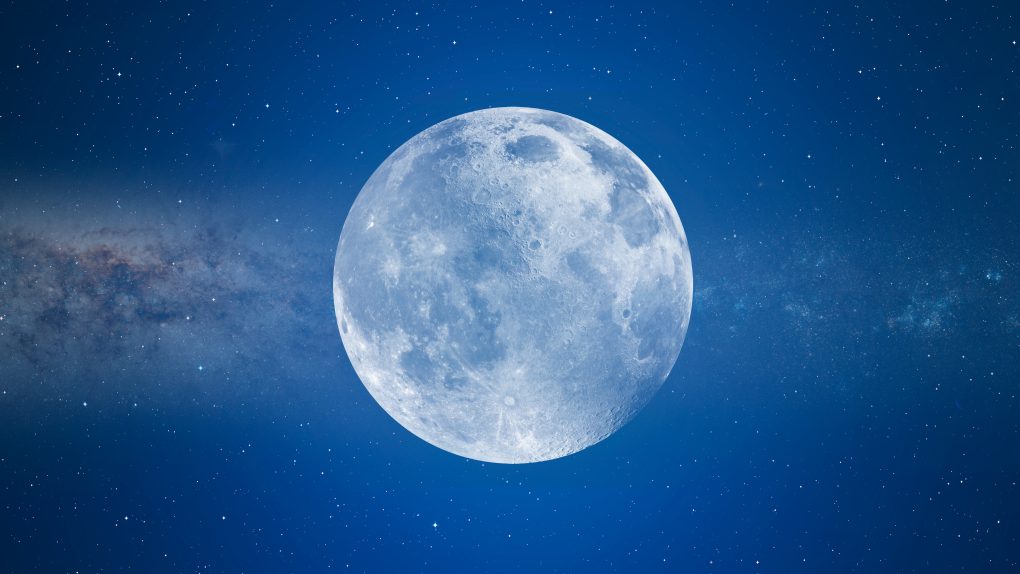NASA has revealed a possible launch window for its Artemis I Moon mission in a new trailer. The much-anticipated mission is expected to launch no earlier than August 29, 2022. To celebrate the upcoming launch, NASA created an exhilarating cinematic trailer, which we’ve embedded below.
NASA shares possible launch window for Artemis I mission
The Artemis I mission is one of the most historic and important missions that NASA will push in the coming five years. That’s because it’s the first mission that will properly test a spacecraft designed for astronauts remaining in space for a long period of time. Going anywhere in our Solar System takes time. And the Artemis I mission is expected to test how well a spacecraft handles during extended missions.
NASA’s planned Mars mission in the 2030s will result in astronauts spending more than six months in space. As such, proving that the spacecraft can properly survive that trek and get the astronauts back quickly is vital. Because of this mission’s importance, many have been waiting to learn when the Artemis I launch window is. Now, NASA has given us a clue.
When will the mission start?

Because the mission won’t launch until at least August 29, 2022, we know that NASA will probably shoot for a launch between the end of August and the end of 2022. NASA has been pushing hard to make this mission happen this year, and if they have to push it back to 2023, it’s going to cause a loss of faith in the program.
If the Orion and the SLS rocket that NASA is using perform as expected, Artemis II will launch in 2024. That mission will once again carry astronauts into space without plans to go to the International Space Station dock. If that mission is successful, a possible Artemis III mission in 2025 will put the first woman on the Moon.
If you’re excited about the Artemis I finally having a launch window, then I recommend checking out the trailer above. The mission is shaping up to be something iconic. And it will help kick off an entirely new era of space exploration. An era that will hopefully lead to putting humanity on the surface of Mars and maybe even other planets.








